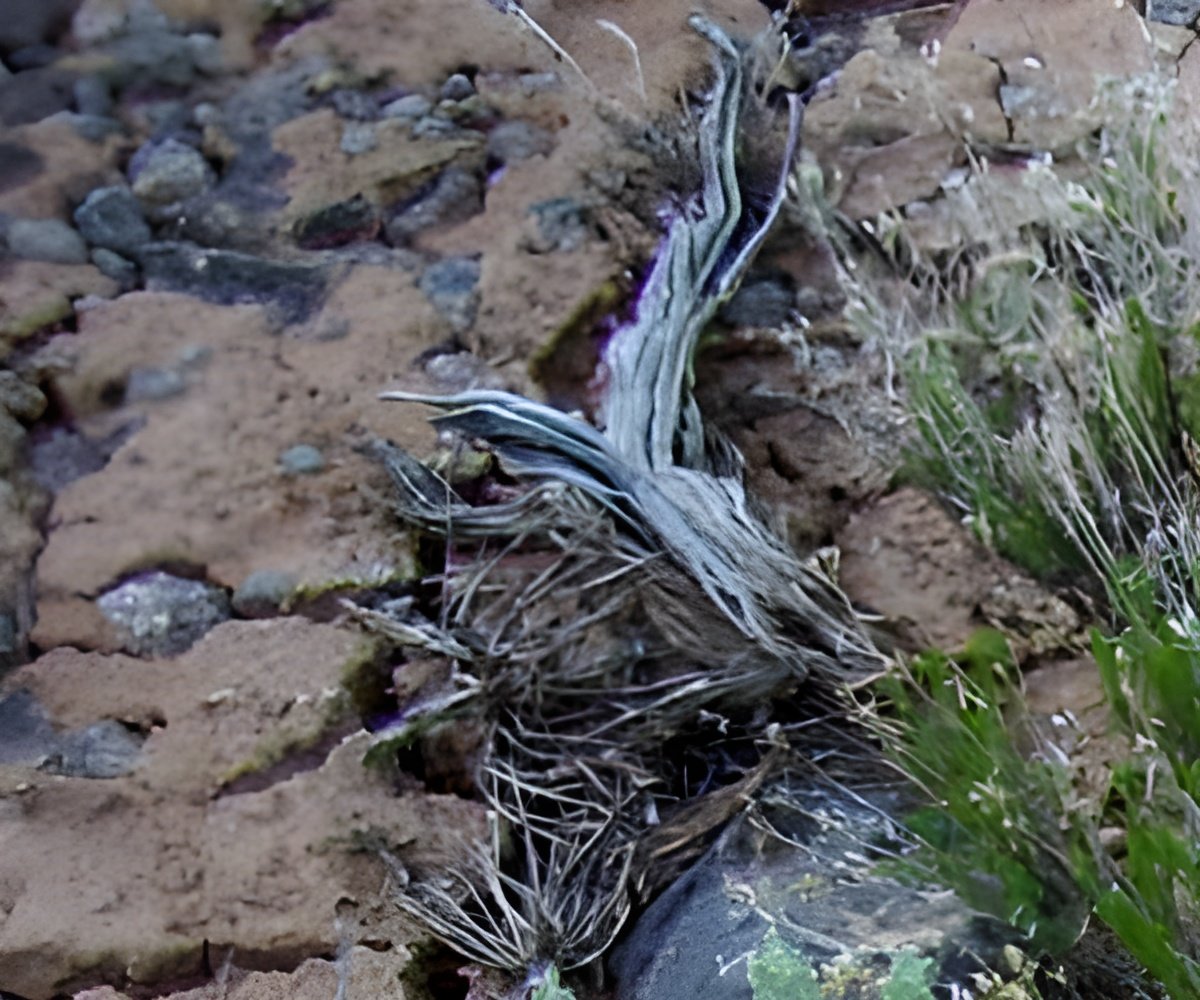A new theory has suggested an alternate path which led to the evolution of complex life on Earth.

Thus, the origin of the eukaryotic cell is considered one of the most critical evolutionary events in the history of life on Earth and had it not occurred sometime between 1.6 and 2 billion years ago, our planet would be a far different place, populated entirely by prokaryotes, single-celled organisms such as bacteria and archaea.
For the most part, scientists agree that eukaryotic cells arose from a symbiotic relationship between bacteria that bacteria represent two of life's three great domains and archaea, which are similar to bacteria but have many molecular differences. The third is represented by eukaryotes, organisms composed of the more complex eukaryotic cells.
Prevailing theory holds that eukaryotes came to be when a bacterium was swallowed by an archaeon and the engulfed bacterium gave rise to mitochondria, whereas internalized pieces of the outer cell membrane of the archaeon formed the cell's other internal compartments, including the nucleus and endomembrane system.
David Baum from University of Wisconsin-Madison said that the current theory is widely accepted, but he would not say it is "established" since nobody seems to have seriously considered alternative explanations, known as the "inside-out" theory of eukaryotic cell evolution.
The inside-out theory proposed by the Baums suggests that eukaryotes evolved gradually as cell protrusions, called blebs, reached out to trap free-living mitochondria-like bacteria. Drawing energy from the trapped bacteria and using bacterial lipids, insoluble organic fatty acids, as building material, the blebs grew larger, eventually engulfing the bacteria and creating the membrane structures that form the cell's internal compartment boundaries.
Source-ANI
 MEDINDIA
MEDINDIA




 Email
Email




